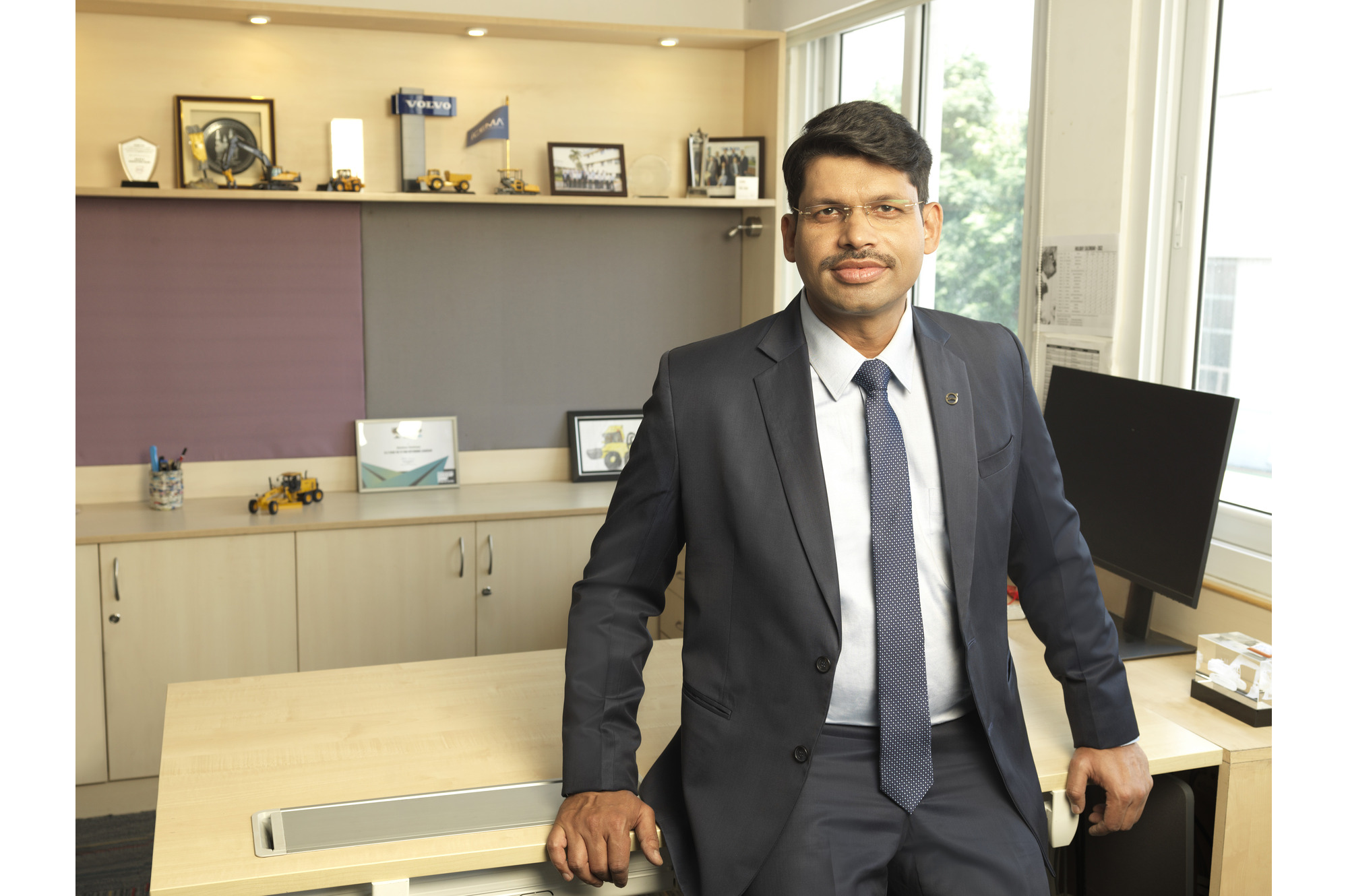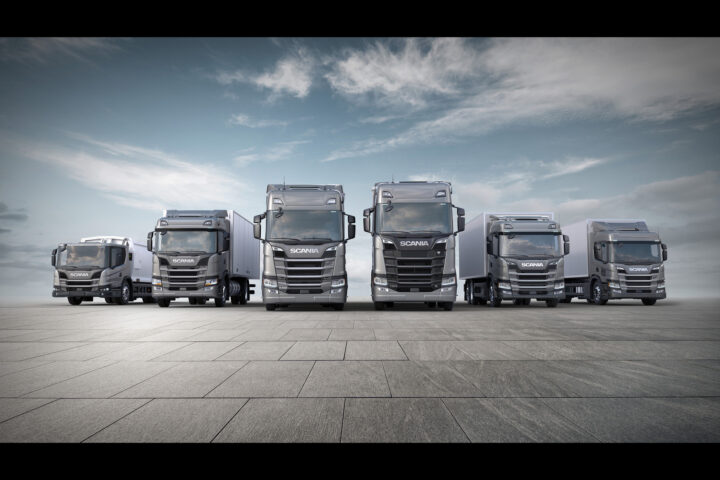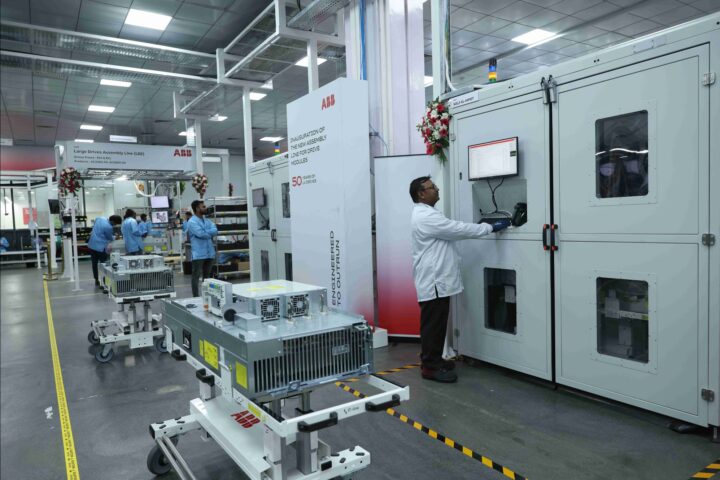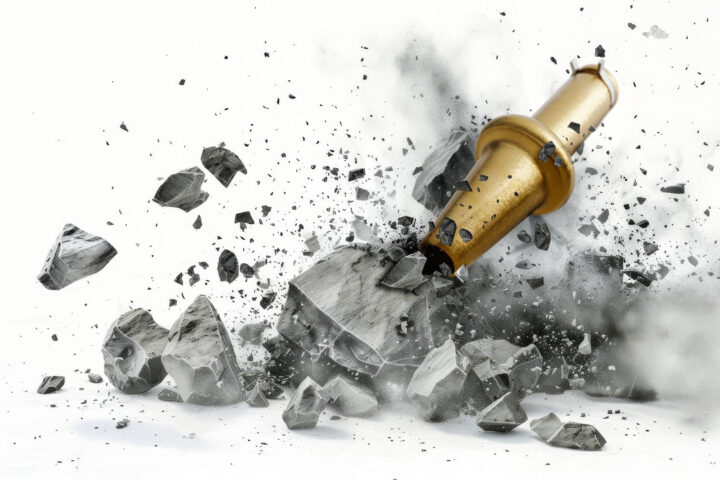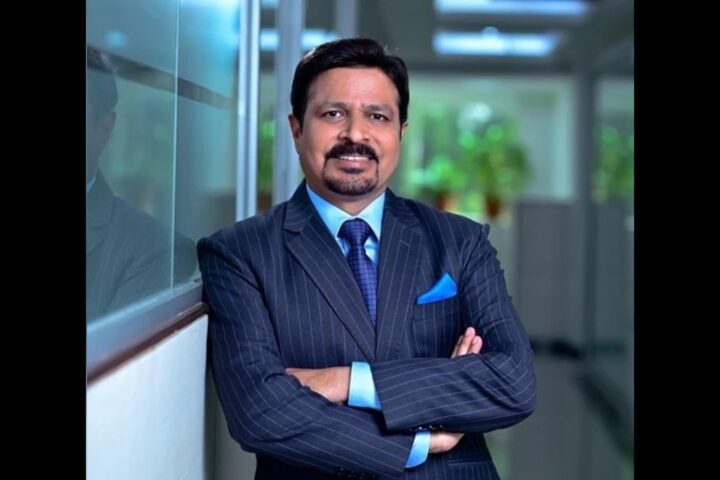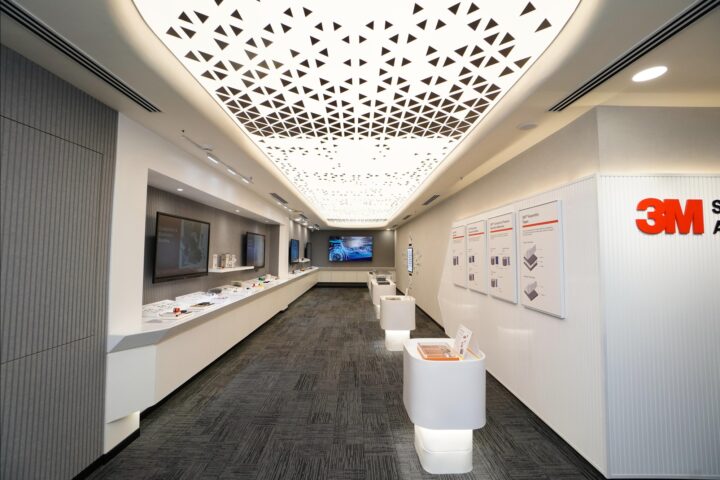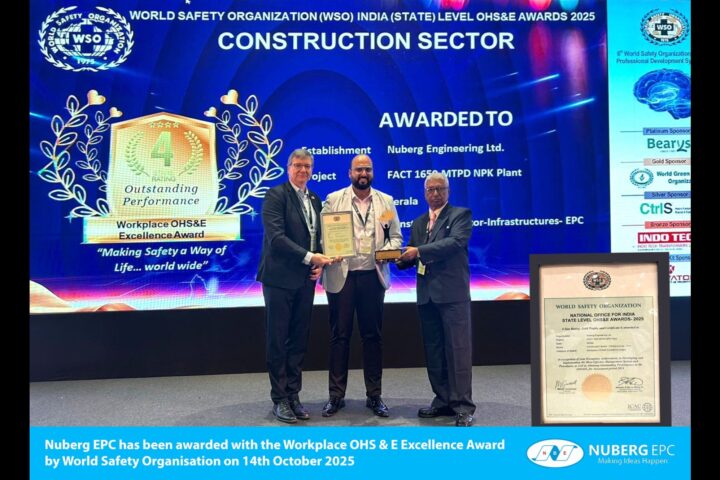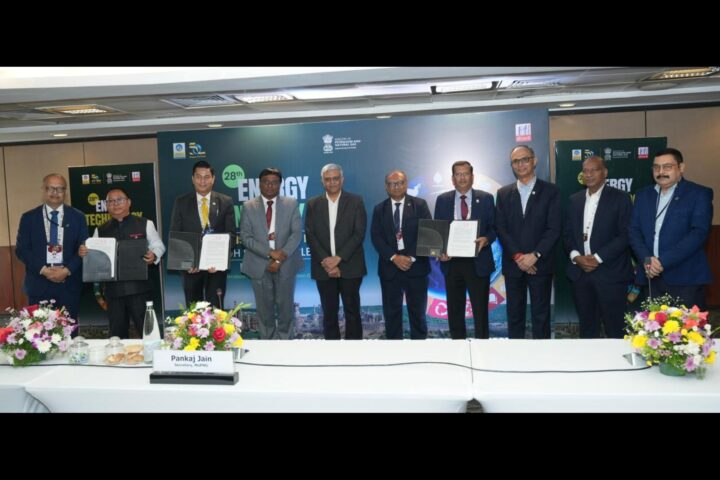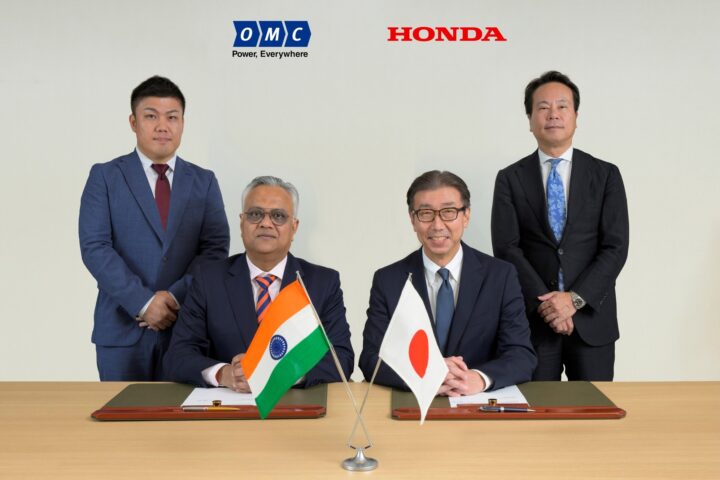How has your equipment enabled faster, safer, and more efficient execution of major infrastructure projects? Could you highlight notable instances where your equipment played a vital role in the success of landmark infra projects over the past 16 years?
At Volvo CE India, we are proud to power the country’s infrastructure growth with machines that deliver speed, safety, and efficiency. From highways and metros to airports and irrigation, our equipment has played a key role in major projects like the Golden Quadrilateral, Bharatmala, and metro rail networks in Delhi, Mumbai, and Bengaluru. Notable highlights include completing excavation at Kempegowda Airport 25% ahead of schedule, accelerating roadwork on NH-167 in Bellary, and supporting irrigation efforts in Telangana and Madhya Pradesh. Backed by advanced technology, telematics, and a focus on operator safety, we remain committed to building a more sustainable and connected future.
How have Indian construction equipment manufacturers scaled up capabilities, improved quality, and expanded exports in recent years?
Indian construction equipment manufacturers have rapidly scaled up by investing in advanced manufacturing technologies, embracing automation, and increasing localisation. Over the past few years, India’s construction equipment (CE) industry has evolved from serving primarily domestic markets to becoming a key player globally. The industry is now a hub for indigenous innovation, producing ‘Make in India’ machines that power construction projects across Southeast Asia, Africa, and beyond. According to ICEMA, India’s CE industry is poised to become the second-largest in the world by 2030. The integration of technologies such as AI, IoT, and telematics has enhanced equipment performance, enabled predictive maintenance, and improved operational efficiency. Strategic government initiatives and strong infrastructure investment, combined with a focus on self-reliance, have accelerated this transformation. With increasing exports, strong R&D, and a growing global footprint, Indian CE manufacturers are redefining quality and scale on the international stage. Volvo CE India’s manufacturing facility in Peenya serves also as a strategic export hub and plays a significant role in advancing our localisation efforts.
What steps is your company taking to adopt electric, hybrid, or low-emission construction equipment, and how do these efforts align with India’s decarbonization and Net Zero goals?
At Volvo CE India, sustainability is at the core of our strategy, and we are taking bold, tangible steps to support the country’s decarbonization and Net Zero ambitions. In line with the Volvo Group’s global commitment to achieve Net Zero emissions by 2040, we are pioneering the transition to electric and low-emission construction equipment in the Indian market. In Excon 2023, we marked a major milestone with the launch of the EC500 Electric, the country’s first grid-connected 50-ton electric excavator, along with the DD40 Electric compactor and L120 Electric Wheel Loader, showcased at the Bharat Mobility Global Expo. These machines are designed to deliver high performance with zero emissions, ideal for urban and sensitive environments.
We are also advancing hybrid technologies and exploring the use of low-carbon materials to further reduce our carbon footprint. At the same time, we’re investing in ecosystem readiness through operator training, digital connectivity, and localized solutions to support smooth adoption. These efforts are directly aligned with the Indian government’s decarbonization push and we aim to lead this transition responsibly. Through innovation and collaboration, we are committed to building a cleaner, safer, and more sustainable future for India’s infrastructure sector.
What are the key skill gaps you see in operating advanced construction machinery, and how are you addressing them?
A key challenge in India’s construction equipment sector is the shortage of skilled operators who can manage today’s advanced, tech-enabled machines. With the rise of telematics, electric drivetrains, and hybrid systems, the need for digitally literate and safety-conscious operators is greater than ever. At Volvo CE India, we’re addressing this through training programs in partnership with the Infrastructure Equipment Skill Council (IESC) and private training partners, as well as through our Customer Experience Centers. These programs, aligned with the Skill India mission, focus on machine handling, digital tools, and safety, helping operators maximize performance and efficiency. We also offer on-site training and real-time support through our service teams and initiatives like the ‘Simulator on Wheels’ program. By building this ecosystem of learning and support, we’re bridging critical skill gaps and enabling a safer, smarter, and more productive future for the construction industry..
What must the industry focus on to remain competitive, sustainable, and future-ready in both domestic and global markets?
To remain competitive, sustainable, and future-ready in both domestic and global markets, the construction equipment industry must focus on three critical areas. First, technology adoption is essential. Integrating AI, IoT, telematics, and electrification enhances machine performance, enables predictive maintenance, and helps meet stringent environmental standards. Volvo CE is committed to becoming Net Zero by 2040 globally, and in India, we’re aligning local action to this vision through the deployment of electric and low-emission equipment and expanded use of digital solutions like CareTrack. Second, skill development is vital. Investing in operator training and upskilling ensures effective use of advanced machinery, improving safety and productivity on job sites. Third, localisation and supply chain resilience must be strengthened. Building robust local supplier networks reduces dependency on imports, lowers costs, and improves quality, which is key to maintaining competitiveness. These priorities, combined with innovation and sustainability efforts, will help manufacturers respond to dynamic market demands, regulatory changes, and global competition.


